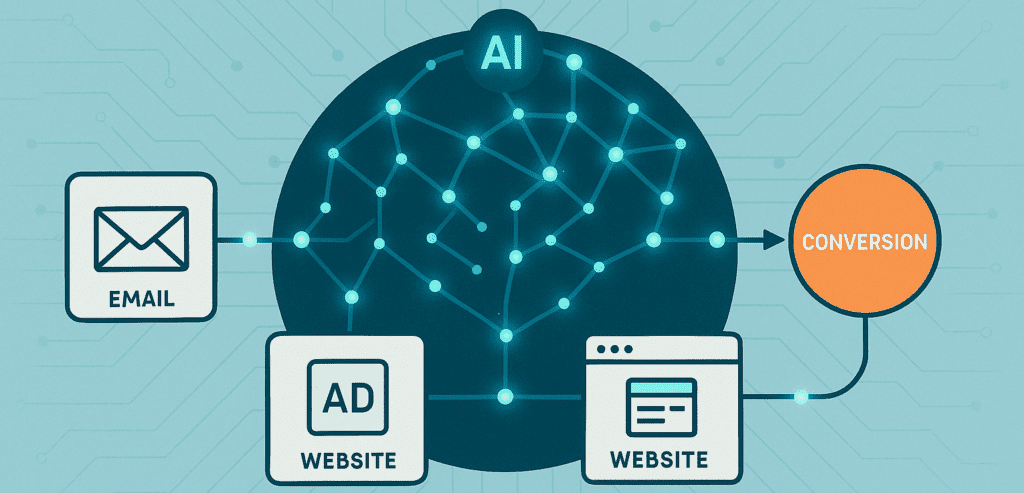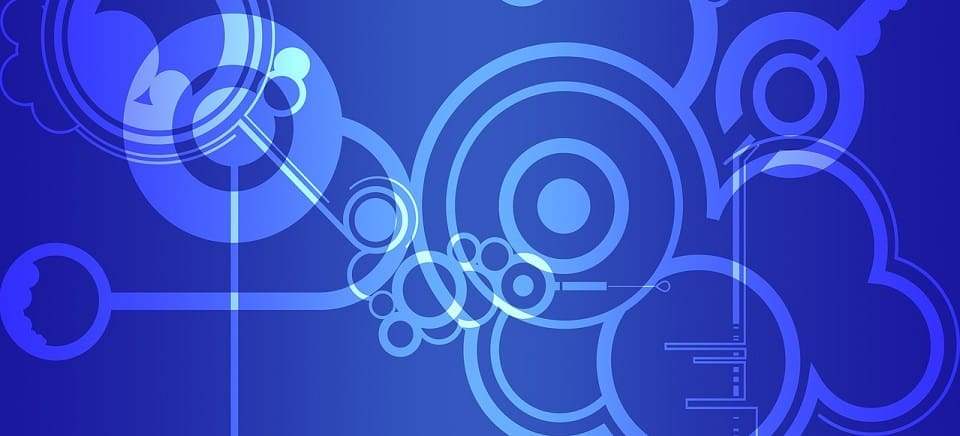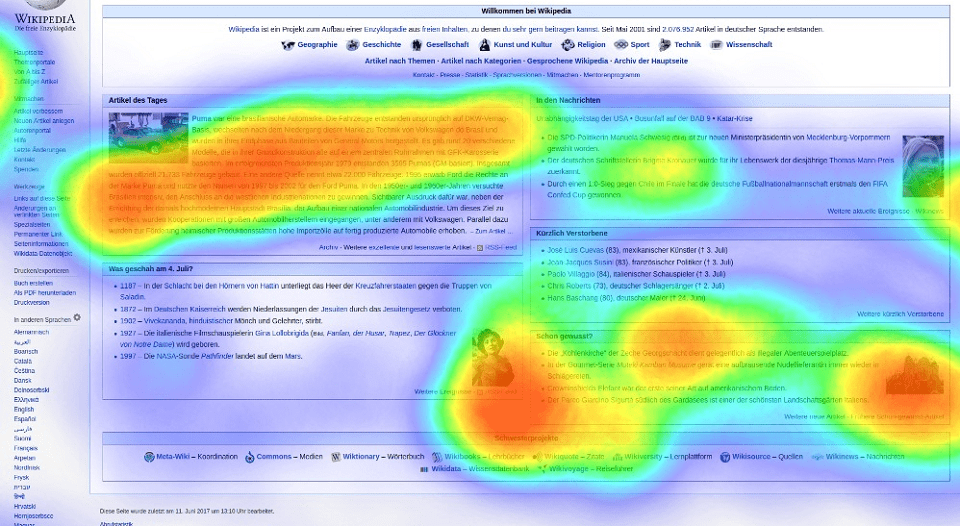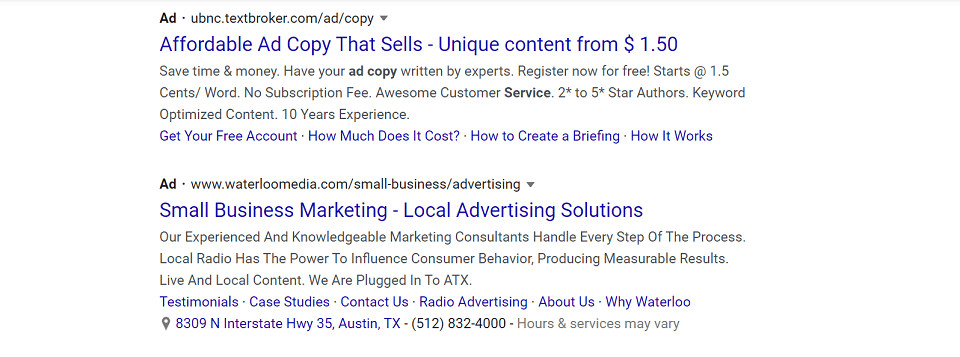If you’re still relying on last-click attribution or static dashboards, you’re already behind. AI has changed how modern marketers analyze performance and assign credit.
AI-driven marketing analytics doesn’t just give you more data. It shows you what matters, how it connects, and what to do next.
Let’s break down how it works, why it matters, and how to use it.
What Is AI-Driven Marketing Analytics?
AI-driven analytics uses machine learning to process and interpret large volumes of marketing data.
It can surface hidden patterns, identify trends, and flag anomalies you would never spot manually.
Traditional tools rely on static rules or filters. AI solutions adapt as new data flows in.
That means real-time insights on what IS happening, not lagging reports about what DID happen.
AI systems learn how your campaigns behave across different channels.
They can use these insights to optimize spend, suggest changes, and predict outcomes.
What Differs From Regular Analytics?
Most analytics platforms show what happened…in the past.
AI-driven analytics answers why it happened and what to do next.
You’re not just pulling reports. You’re getting recommendations.
AI can:
- Forecast campaign performance
- Identify underperforming segments
- Recommend new audience targets
- Flag unusual behavior in real time
- Optimize bids and creative placements
This turns your data from a rearview mirror into a GPS.
Where Attribution Comes In
Attribution is about assigning credit to the right touchpoints.
Without it, you have no idea which channels are driving results.
Most businesses default to last-click. That’s a mistake.
It undervalues everything that led up to the conversion. And all of those actions are relevant.
AI helps solve this problem by analyzing the full journey. Not just the click that sealed the deal.
With AI-powered attribution models, you can:
- See how each channel contributes to conversions
- Value top-of-funnel awareness activities
- Understand how messaging influences decision paths
- Optimize spend based on true performance
No more guessing which half of your marketing budget is wasted. AI will fill in the gaps for you.
Common Attribution Models
Here’s a quick rundown of each of the most typical models, and how AI makes them smarter:
| Model | Traditional Approach | AI Enhancement |
|---|---|---|
| First Click | 100% credit to the first touch | Tracks how that first click influenced later stages |
| Last Click | 100% credit to the final touch | Shows how earlier efforts drove that click |
| Linear | Equal credit across all touches | Weights them based on actual impact |
| Time Decay | More credit to recent touches | Customizes decay curves per campaign |
| Data-Driven (AI) | Credit assigned by analyzing real patterns in conversions | Continuously adapts as new data flows in |
AI doesn’t just choose one model. It builds the one that best fits what your data is suggesting.
Benefits of AI in Attribution and Analytics
1. Better Budget Allocation
No more gut decisions.
AI shows where your dollars work hardest and where to pull back.
2. Real-Time Optimization
Campaigns no longer run blind.
AI finds inefficiencies mid-flight and redirects spend or creative.
3. Smarter Segmentation
AI spots hidden audience traits and behaviors.
This lets you group and target based on predictive intent.
4. Improved ROI Tracking
With true attribution, the ROI for your efforts will become crystal clear.
You can finally connect top-of-funnel activities to bottom-line impact.
5. Automated Reporting
AI automates data pulls, formatting, and even narrative summaries.
You will get faster answers with less manual work.
How To Get Started
1. Audit Your Current Data
You can’t train AI on bad inputs.
Make sure your tracking is clean, events are firing correctly, and CRM data is synced.
And of course, make sure your data set is clean and deduped before letting AI near it.
2. Choose the Right Tools
Look for platforms that integrate across your marketing and data stack.
Your attribution engine should talk to your ad platforms, CRM, and analytics tools.
Examples include:
- Google’s Data-Driven Attribution (for advertisers using GA4 + Google Ads)
- Triple Whale or Northbeam (for eCommerce)
- Dreamdata (for B2B attribution)
- HubSpot or Salesforce with AI plugins
3. Set Clear Goals
Know what you’re trying to answer.
Are you optimizing for revenue, leads, or lifetime value?
AI needs direction. Give it what it needs to help optimize performance.
4. Test, Train, and Tune
Before you get started, know that you will have to continuously calibrate.
AI models get better over time, especially as more conversion data flows in.
Start with blended attribution reports.
Compare what the AI suggests versus what your team expected. Adjust from there.
Challenges To Watch For
Data Silos
If your platforms don’t sync, you’ll have gaps.
Make sure your ad spend, CRM, web analytics, and sales data can speak to each other.
Attribution Delays
Some models take time to gather enough data.
Don’t judge results after one week. Look out to a month, or even better, much longer before passing judgment.
Overtrusting Automation
AI is powerful, but it’s not perfect.
Use its insights to guide, not replace, your judgment.
Where This Is Going
Expect even more predictive capabilities.
AI will start answering questions like:
- Which new lead is most likely to buy?
- What channel mix will yield the best CPA next quarter?
- What campaign will have the highest impact on customer lifetime value?
Eventually, attribution will be fully dynamic. Models will adapt in real time as customer journeys evolve.
You won’t have to choose an attribution model. The system will build the best one for each campaign automatically.
Final Thoughts
AI-driven analytics and attribution will shift how you understand marketing performance.
You can stop reporting on what happened and start shaping what happens next.
This is the future of data-driven marketing. Not more dashboards. Better decisions.
If you’re serious about improving your process, you need the right human + AI framework to make it sustainable.
That’s exactly what HAIF is built for. Buy the HAIF Guide and course on Gumroad for as little as $97
Tommy Landry
Latest posts by Tommy Landry (see all)
- B2B SEO in 2025: Winning Visibility in AI-Curated Buyer Journeys - December 16, 2025
- Local SEO Meets AEO and GEO: How AI Platforms Read Local Authority Signals - December 9, 2025
- What Is an SEO Proposal and What Should It Include? - December 2, 2025





